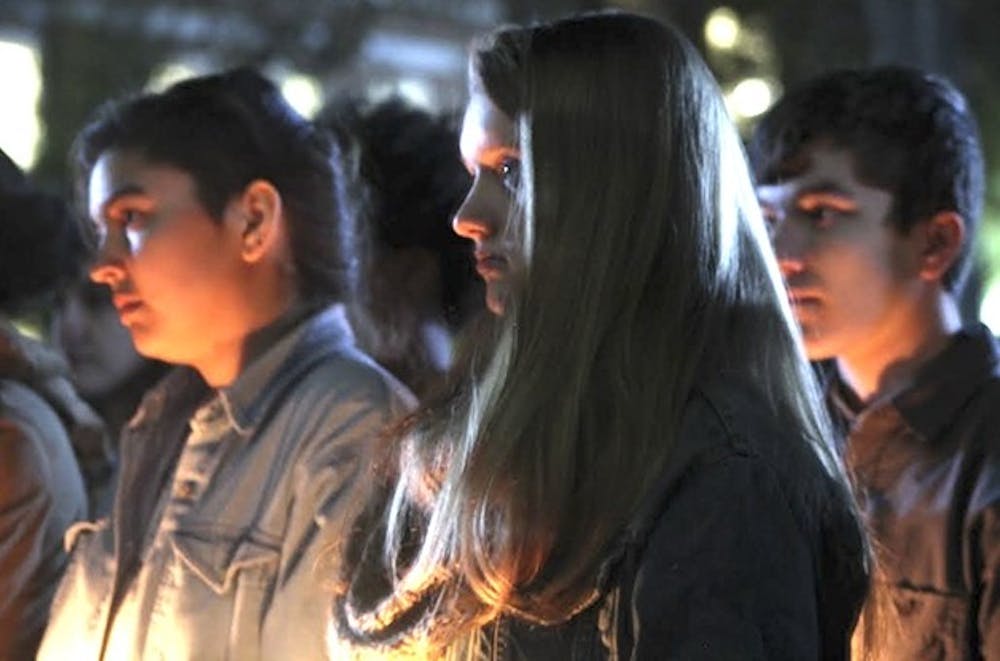The transgender community experienced the highest level of fatal violence this year than ever recorded in the United States, according to the Human Rights Campaign.
By the end of November, 27 transgender people had been the victims of fatal attacks. This has been an increasing trend – from 21 deaths in 2015 and 23 in 2016.
The LGBT Center of Raleigh held a vigil Nov. 20 for the Transgender Day of Remembrance.
Rebecca Chapin, chairperson of the LGBT Center of Raleigh, said the vigil is a time for people to honor individuals who lost their lives for being part of the transgender community.
Chapin said the upward trend in violence against the transgender community is due in part to an increased recognition of classifying such violence as a hate crime.
“Prior to the United States’ recent recognition of transgender violence as a hate crime, many of these murders were miscategorized as drag queens, gay men or butch lesbian women,” Chapin said. “Transgender people have also come into the mainstream media spotlight, so violence against the community is more in the public focus.”
Ames Simmons, director of transgender policy at Equality NC, said while increased visibility may partly cause this trend, the actual amount of violence is also likely increasing. The government’s actions toward the LGBTQ+ community plays a large role in the public perception of transgender and nonbinary people, he said.
“Casting trans people as predators in public restrooms has made violence toward trans people seem more acceptable than it was before that narrative was introduced,” Simmons said. “In general, the way our state and federal governments talk about all marginalized communities also adds to the risk of violence against trans and nonbinary people.”
The trend is likely to continue throughout the next few years, Chapin said. It’s unlikely the current administration will take the necessary steps to protect transgender people.



